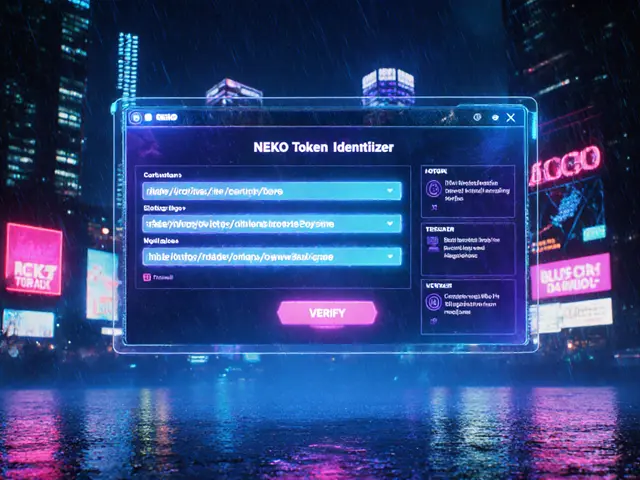
Proof of Work
When working with Proof of Work, a consensus mechanism where miners solve cryptographic puzzles to add new blocks. Also known as PoW, it powers major networks like Bitcoin and Litecoin and sets the stage for everything from token issuance to security.
Mining Cryptocurrency Mining, the process of using computational power to find a valid hash is the engine behind PoW. Miners compete, the fastest solver claims the block reward, and the network records the transaction history. This competition fuels decentralization because anyone with the right hardware can join the race.
The broader Blockchain, a distributed ledger that stores data in linked blocks relies on consensus to stay trustworthy. In a PoW system, consensus emerges from the collective effort of miners; the longest chain wins, which means security grows with more hashing power. Without this agreement, forks would proliferate, and the network could lose value.
One key event tied to PoW is Halving, the programmed cut in block rewards that occurs roughly every four years. Halvings shrink new supply, often sparking price spikes and reshaping miner economics. For example, Litecoin’s 2027 halving will cut its reward in half, pressuring miners to improve efficiency or switch to other coins.
When the network gets busy, the Mempool, the waiting area for unconfirmed transactions becomes a battleground. Miners prioritize transactions with higher fees, a process known as mempool priority. Understanding this dynamic helps users get faster confirmations without overpaying. Some newer architectures, like DAG‑based projects, try to bypass the traditional mempool by letting transactions confirm in parallel.
All these pieces—mining, consensus, halvings, and mempool behavior—interlock to define how proof of work works in practice. Below, you’ll find a hand‑picked collection of articles that break down each component, compare PoW with other models, and show you how to navigate the ecosystem with confidence.




